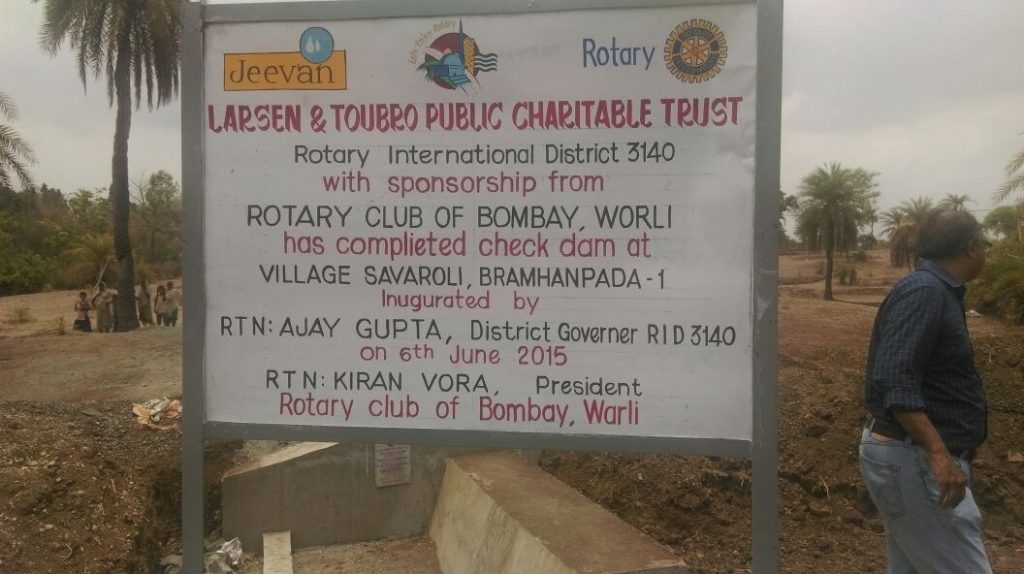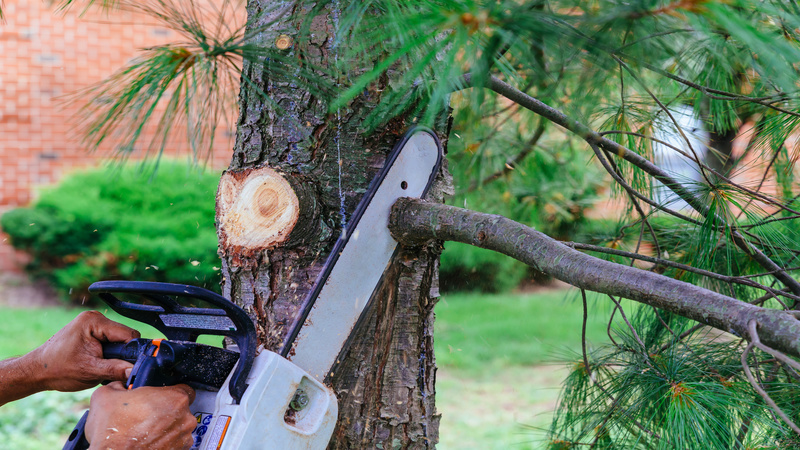For several years now, Maharashtra has suffered terrible drought conditions, and just getting drinking water is very difficult. However, thanks to the efforts of people like Kiran Vora, more water is available to some of the villages. It is possible by creating check dams.
Erosion Control
A check or erosion control dam is nothing new. They have been around for nearly two thousand years. In fact, the ancient Romans used erosion control dams to get irrigation water for crops. They are built across drainage ditches or areas where rainwater runs off and gathers.

Why Use Check Dams in Maharashtra?
During the monsoon season in India, hard rains can hit and drop a great deal of water in a short time period. Much of this water may run off into drainage areas and evaporate in the intense heat. It may also soak into the parched ground with little effect.
In Maharashtra, rain has been limited even during the rainy season. Check dams can trap sudden rains and create a reservoir for water. The extra water can be used to irrigate crops or for drinking.
Some dams are made by creating an obstruction in a drainage ditch or marshy area. They can be temporary and easily removed once the drought is over. Yet, it still takes a lot of effort and resources to make dams which are effective and can hold up to the weather.
More Groundwater Available
An erosion control dam can increase local groundwater levels. The groundwater can then be utilized with wells or pumping systems. It takes money and resources and the philanthropic work of unselfish efforts of people like Kiran Vora. This work can make a huge difference in people’s lives, whether it is water for the thirsty, food for hungry children, or free pediatric surgeries for newborns with heart defects.

